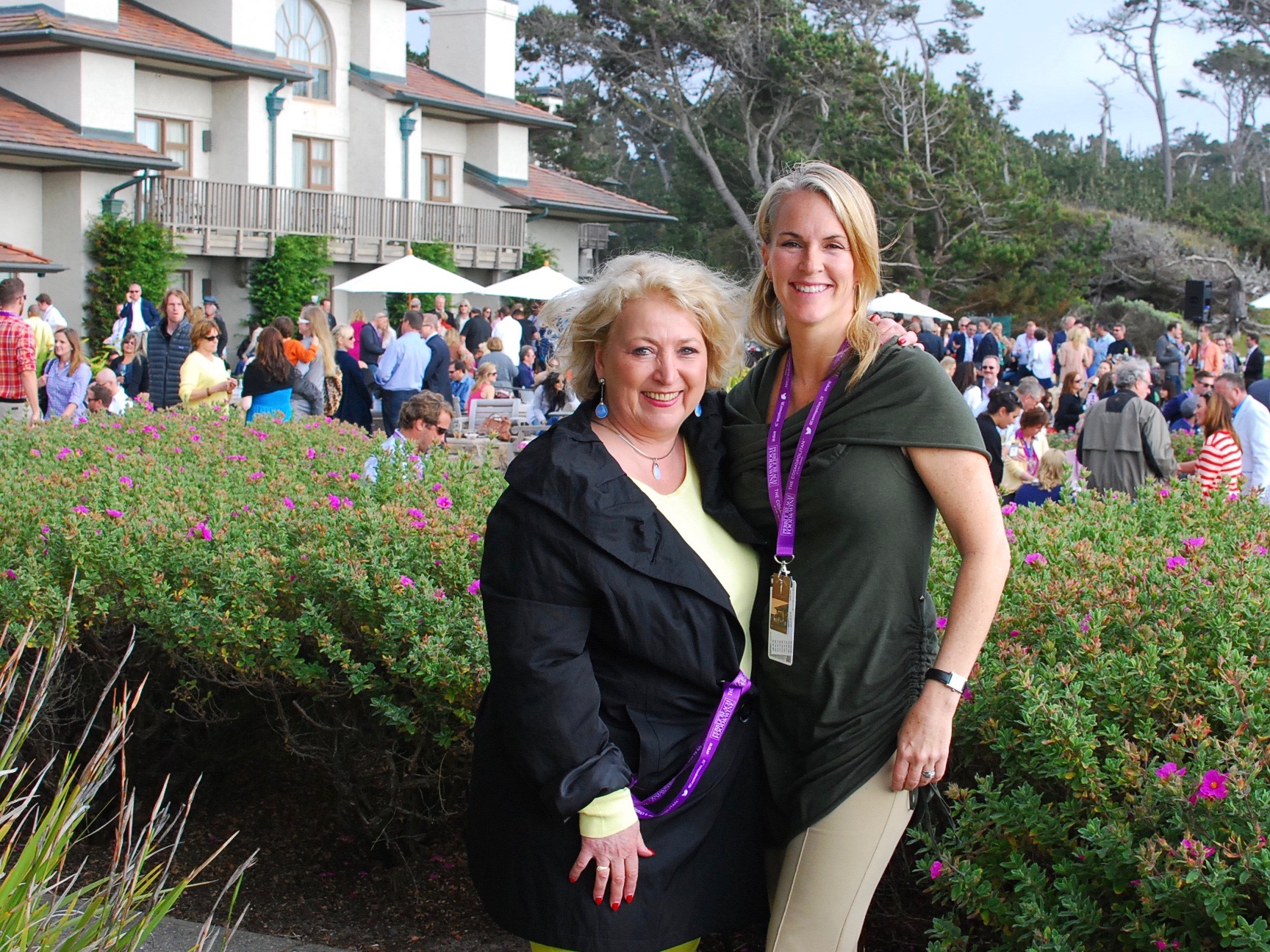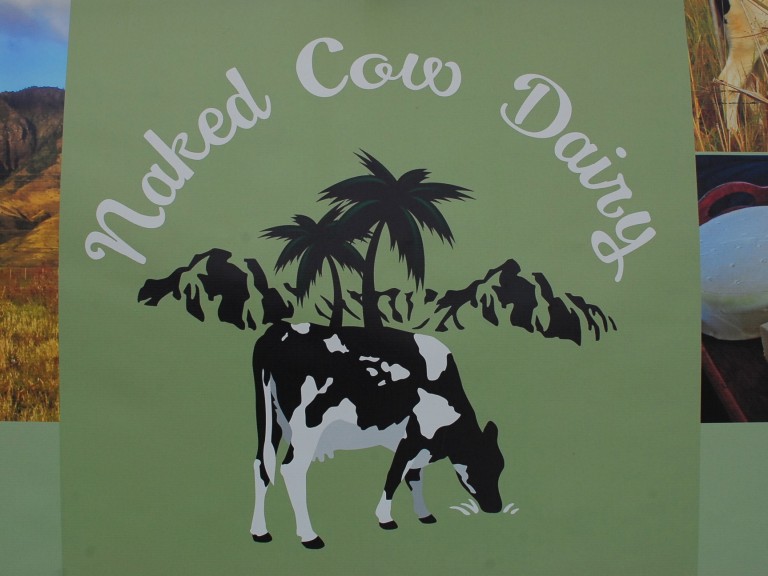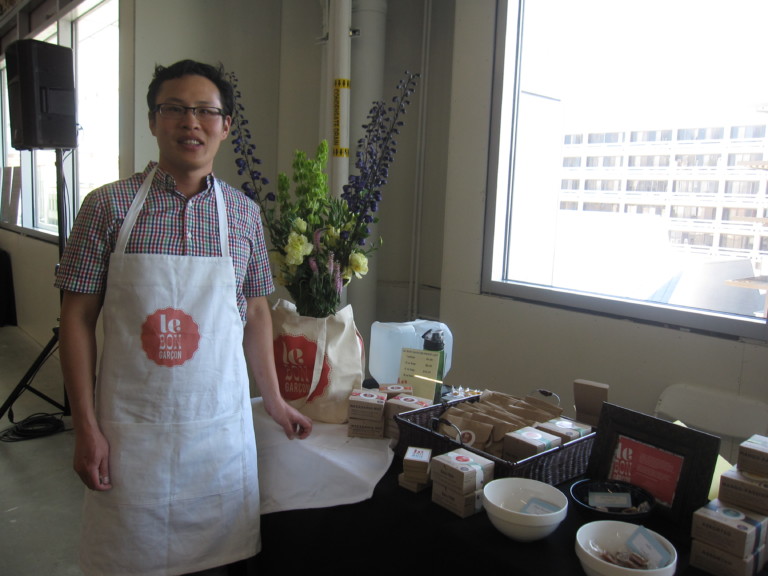Angela Köehler is a scientist who heads an eco-toxicology research group for the Alfred Wegener Institute for Polar and Marine Research in Germany, analyzing the effects of chemicals on marine organisms. She became business partners with Deborah Keane, a caviar industry veteran and longtime marketing professional, on a humane caviar company called Vivace Caviar, which sources caviar from farms around the world. They were at Pebble Beach Food & Wine to promote Vivace Caviar and shared several caviar insights.
How did you start working with Deborah on Vivace Caviar?
Köehler: The question should be, when did you start working with sturgeon?…The history starts in 2005. Colleagues of mine persuaded me to go to Iran, to the Caspian Sea, because, as you know, the Caspian Sea is highly polluted by human activities. Also, the rivers draining into the Caspian Sea are highly industrialized, so they asked me to come to a sturgeon conference, because the pollutants affect the sturgeon stocks in the Caspian Sea. The key experience, which brought me to get involved in caviar, was that there was an event for the amusement of the participants of the conference, to look at Iranian caviar making in a factory. At that time, it was still allowed to catch wild sturgeon, which now is totally prohibited. Do you know that?
I wouldn’t know that.
Köehler: Nowadays, sturgeons belong to endangered species, which are protected by the Convention of the Trade with Endangered Species. The shorthand is CITES. Every gram of caviar crossing a border is controlled by this convention. So strictly that you can even go to jail if you export or import illegal caviar from wild catches. What happened there in Iran was the following: they had this event of Iranian caviar manufacturing, and they brought this huge sturgeon over there, slammed it on the head, live, to anaesthetize it, cut it open and opened it, and said, “My god, it’s too mature, it’s too advanced in spawning, we can’t use it for caviar making.” Until now, it is only possible to make caviar from immature eggs…When I saw this process, the CITES people were standing beside me, and I said to them, “This can’t be the truth, to spoil such a resource.” They just carried away the 7 to 10 kilos of caviar, which you can use for making small fish. So it was a total waste. Then I started to think. The idea was created just to mimic nature, just to look at what is happening to the egg when sperm is coming to fertilize.
This is an old law in evolution, that an egg – from plants to us humans – has to avoid the entry of the second sperm. The entry of the second sperm would mean the embryo would die. We looked at the mechanisms. The first sperm enters the cell. A calcium wave is running through the eggs, and is triggering a cascade of enzymes, which are activated in between seconds. You have millions of sperms attacking the eggs. This is in fact the fastest biological process ever observed. The skin closes, and shuts off every other sperm. We observed this process in key detail and identified the key players, which are causing the signal and causing the activation of enzymes, which drill around the proteins, to stabilize the membrane. I started off with secret trials in my lab, on the weekend, using sea urchin eggs. Then it worked fine just applying this signal from the outside, just applying calcium ions from the outside, to induce this reaction, which is caused by sperm. We couldn’t use sperm due to ethical reasons, and in these trials, it hardens the egg so you can’t chew it.
A meshwork of blood vessels and cells are surround the egg, stabilizing it. You can massage it, and force it, and rub it through the sieve. You rub it through a sieve to get rid of the connective tissue, to get rid of the fat, and then you have the single eggs, which are small to large eggs, more progressed eggs, so you always have a mix of sizes in the slaughtered fish. If the egg is a mature egg, so you can strip it out of the body of the fish without killing the fish – this relates to the normal process – fish are migrating up the streams, they get the signals, it’s the right place to give birth to a new generation, then they lay their eggs in portions. To do that, the eggs are squeezed out of the ovaries by small muscle cells, so they fall into the body cavity, and they fish can let it out. We wanted not to kill the fish. That was our aim.
Are there any caviar companies who are not killing the fish?
Köehler: There are some attempts. The Russians tried, and spent 50 years, but what they do, they just heat up the caviar to stabilize it, and it’s a very strange taste. Like flour. Like a boiled egg. It doesn’t produce the sensation, so it’s not very popular. The idea to use live fish, and to re-use it for several spawning times, is old, but nobody proceeded to do the right thing.
Where are these fish that are giving their eggs to your company?
Köehler: They are located now in Poland, in Germany, and they are waiting to come to our aquaculture facility, which we are just constructing.
Where is that?
Köehler: This is in Bremerhaven, close to Bremen, in Germany. We are building an aquaculture facility. We have seven tons of sturgeons, and the plan is to produce 8 to 10 tons of caviar in the coming years, per year.
How did you start working with Deborah?
Köehler: Deborah and I met through a contact who was interested to sell our caviar to the U.S. market. This man brought us together. I’m very grateful for that. What convinced me to join Deborah is that she’s the only person I met who has a lot of experience in aquaculture. She has done sturgeon aquaculture herself and manufactured and produced caviar. She’s trained in caviar, and she is an excellent marketing person. During the past two years, we have developed a mutual confidence. We found out we are the right women to do this.
What is your background, Deborah?
Keane: My background is very detailed. BSN in nursing, to publishing, to luxury goods, and really what she’s referring to is I was part owner in the very first farm in the United States. That was in 2004. In 2004, all wild caviar was legal. In 2005, that was banned. Since then, slowly, everything is controlled, and all wild caviar in the U.S. and around the world was banned in 2011. Within those six years, everything was banned, and aquaculture and farming has exploded. When I started, there were six farms around the world producing caviar. Now there must be at least 40 producing caviar, and another 30 to 40 growing the sturgeon. It takes so long to grow the sturgeons. There was no wild available, and not a lot of farms available.
What are the different varietals of caviar you’re producing?








Leave a Comment